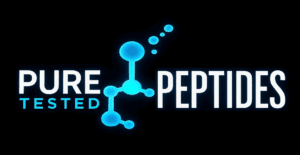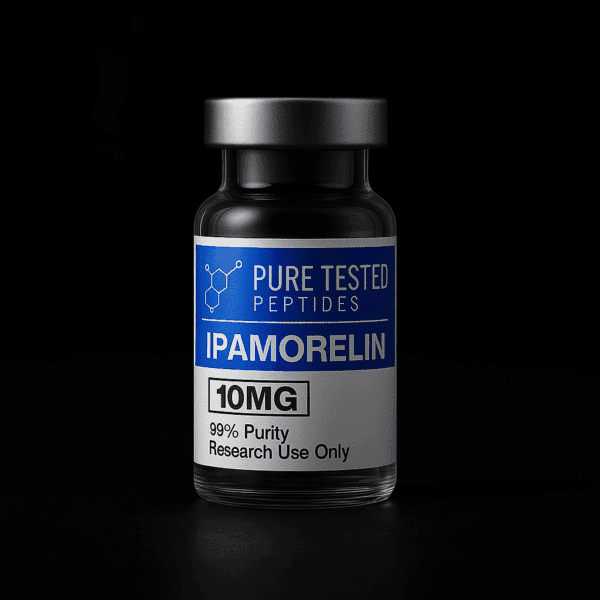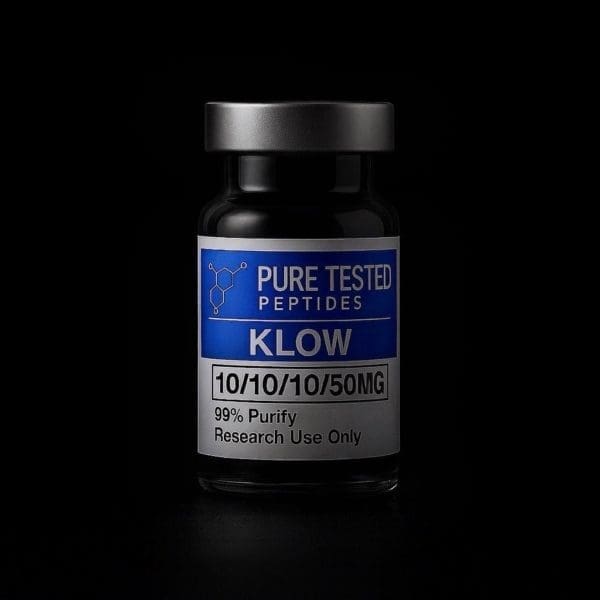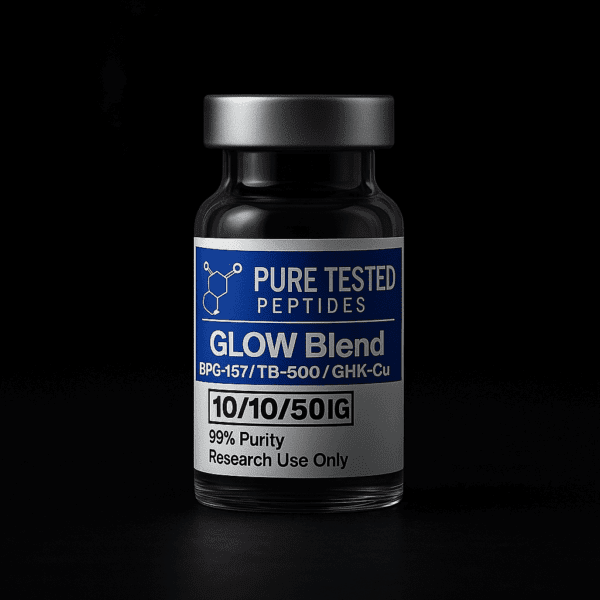Generations of GLP-1 “Inhibitors” (Really: Receptor Agonists & Incretin Stackers) — Where to Buy Peptides Online
Keywords: buy glp3, buy glp-3r, buy glp3-r, buy glp-1t, GLP-1 pathway, incretin science, dual agonists, triple agonists.
Let’s break down—in plain English—how the GLP-1 pathway has evolved across several “generations.” You’ll see how we moved from short-acting single-pathway agonists to longer-acting depot forms, then to
dual-receptor designs (GLP-1/GIP) and now to triple incretin stacks (often nicknamed “GLP-3”). Throughout, we’ll keep this research-only, non-medical, and we’ll point you to validated product pages and images from Pure Tested Peptides (PTP) for exploration.
Looking to buy GLP-3 (aka GLP3-R/GLP3-Reta) or buy GLP-1T for research? You’ll find linked options and pictures below.
Gen 1 — Short-acting GLP-1 receptor agonists (classic incretin mimics)
|
The earliest GLP-1 receptor agonists were designed to mimic native GLP-1 but resist enzymatic breakdown (mostly by DPP-4). Their job was straightforward: stimulate the pancreatic GLP-1 receptor to Mechanistically, the GLP-1R is a G-protein–coupled receptor (GPCR). When activated, it ramps cAMP, which kicks off PKA/EPAC signaling and downstream gene programs tied to insulin secretion, β-cell support, |
Popular Research PairingMany researchers like to profile GLP-1 pathway models alongside GH-axis support such as the Validated product link and image hosted on PTP’s image CDN. |
Gen 2 — Long-acting depot GLP-1R agonists
Second-generation GLP-1R agonists solved the persistence problem. Through fat-chain conjugation, albumin binding, or other kinetics tweaks, these designs kept the receptor engaged for far longer windows.
Research angles often explore the balance between central appetite circuitry (POMC/CART neurons) and peripheral metabolic effects (hepatic glucose output, gastric motility) over extended time.
The result is richer datasets on adherence, tolerance, and sustained energy-balance signals.
Gen 3 — Dual incretin co-agonists (GLP-1 + GIP)
|
Next, dual-receptor agents arrived. By engaging both GLP-1R and GIPR, researchers can interrogate synergistic incretin biology—think complementary effects on β-cell biology, adipocyte signaling, In practice, labs compare cAMP dynamics, receptor internalization/desensitization, and tissue-specific transcriptomics to map where GLP-1 and GIP overlap versus where they diverge. |
H2 — GLP-1T (dual receptor) — buy glp-1tExplore GLP-1T (dual-receptor research) on PTP. Full product page and imagery are hosted on the main domain. |
Gen 4 — “GLP-3”: Triple incretin stackers (GLP-1 + GIP + third axis)
|
The current frontier is triple-pathway modulation—informally called “GLP-3.” These designs extend beyond GLP-1 and GIP to add a third axis (e.g., glucagon receptor family or amylin-adjacent |
|
Why many labs stack incretin research with GH-axis and mitochondrial targets
In metabolic models, it’s common to characterize GLP-1/dual/triple agonists alongside GH-axis probes (for body-composition readouts) and mitochondrial peptides (for cellular energetics). You’ll often see
Ipamorelin, MOTS-C, SS-31, or SLU-PP-332 in the same study plan—not as “alternatives,” but as complementary tools that hit orthogonal knobs (growth-hormone signaling, AMPK-linked metabolic flexibility,
cardiolipin/IMM dynamics, or β-oxidation bias).
Hot products often paired in study designs (images + quick links)
Ipamorelin 10 mgA selective GHRP that’s useful for GH-axis characterization. View product. |
CJC-1295 / Ipamorelin BlendA classic combo to study pulsatile vs. sustained GH-axis signals. View product. |
MOTS-C 10 mgMitochondria-derived peptide used in metabolic-flexibility and stress-response models. View product. |
SLU-PP-332A metabolic-modulation research tool often profiled alongside incretin stacks. View product. |
KLOW BlendMulti-peptide recovery/skin matrix blend (BPC-157 / TB-500 / GHK-Cu / KPV). View product. |
GLOW Blend 70 mgAnother researcher favorite for tissue recovery and skin-matrix studies. View product. |
BPC-157 Nasal Spray KitFor mucosal-tissue methodologies and exploratory delivery research. View product. |
Browse EverythingWant to compare all options side-by-side? Jump to the full catalog: |
Confidence in purchasing (what smart labs look for)
HPLC / LC-MS
≥99% Purity
U.S.-based fulfillmentFor research-grade peptides, confidence comes from paperwork and consistency—not hype. Best-practice checklists usually include:
- Verified COA with batch number: HPLC and LC-MS where applicable, matching the exact lot you receive.
- Purity thresholds: Many labs target ≥99% purity for small-peptide work; blends should list the composition (mg per component) clearly.
- Transparent storage/handling notes: e.g., cold-chain expectations and reconstitution guidance for research purposes.
- Consistent labeling + tamper-evidence: so your notebook matches what’s in the vial—every time.
- Responsive support: getting lot docs or clarifications quickly when reviewers ask for them.
PTP’s product pages include specs, composition details for blends, and visible COA/quality language so you can document methods cleanly in protocols and IACUC submissions. Browse individual product pages above (each link and image is validated to the base domain/CDN).
Putting it together in the lab (design ideas, not advice)
When mapping GLP-1 generations, many researchers test dose-response vs. receptor time-on-target to separate pharmacodynamics from adherence artifacts. With dual/triple stacks, it’s also helpful to profile:
- Cross-talk with AMPK/ACC and UCP programs in adipose and skeletal muscle; triple stacks may amplify thermogenic signatures.
- Neurocircuit engagement (hypothalamic POMC/CART vs. NPY/AgRP) using IHC or omics to quantify satiety pathways.
- GI motility readouts and nutrient-handling assays to separate gastric-emptying effects from central appetite cues.
- Combination panels with GH-axis probes (e.g., Ipamorelin or CJC/Ipamorelin) and mitochondrial peptides (MOTS-C; SLU-PP-332) to understand orthogonal contributions to weight-of-evidence.
H2 — Popular Products: GLP-3 Online
• GLP3-R 20mg — for labs searching “buy glp3” / “buy glp-3r” / “buy glp3-r.”
H2 — Popular Products: Dual-Pathway GLP-1T
• GLP-1T 20mg — a dual-receptor research option (“buy glp-1t”).
Pro tip: Bookmark the catalog at /all-peptides-for-sale/ and the individual product pages above—every link and image here has been validated to load directly from PureTestedPeptides.com or its image CDN.







